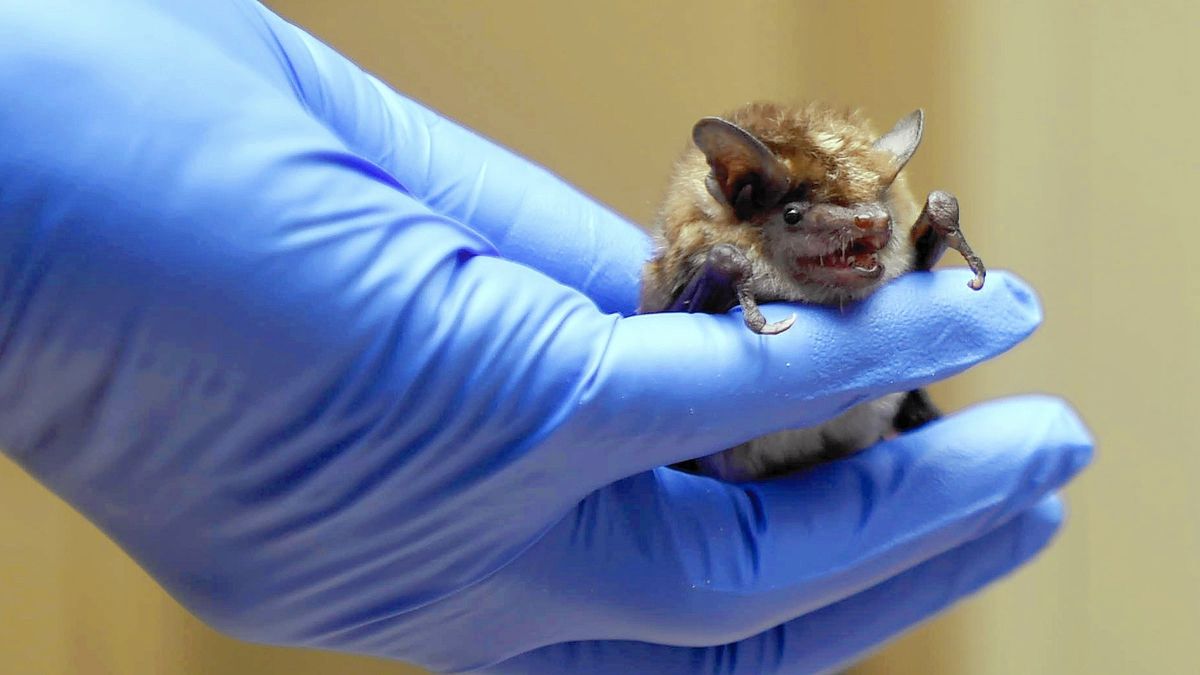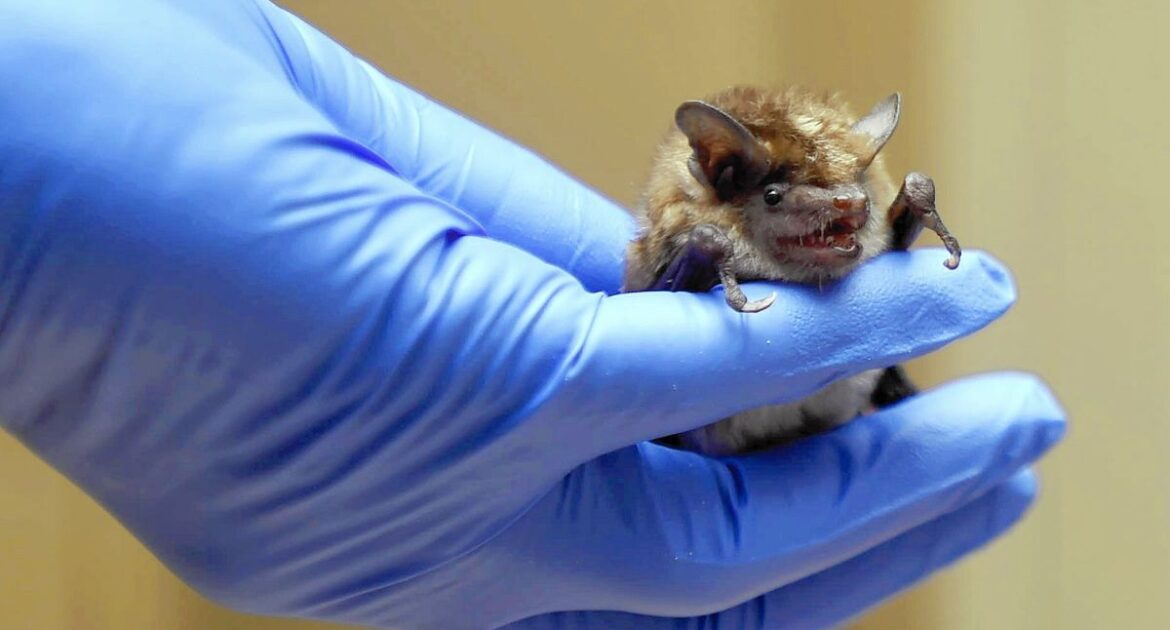Bats are mysterious, but how and where they live can be decoded. If you’ve ever asked yourself questions about bat roosts, their nature, location, different kinds of roosts that exist, how bats adapt to seasons, and laws that may protect bats, allow us to help you learn and determine whether you need to hire a service for wildlife control in Okanagan.
1. What Is a Bat Roost?
We may be more familiar with the concept of a “bat cave,” but the reality is that bats live anywhere that is dark, safe, and at a predictable temperature. Since they are nocturnal and hunt for food at night, bats need a dark place to sleep during the day. They also need a place to feed and care for their young, away from predators and harsh weather. A roost is any place that accomplishes these goals for the bat family.
2. Where Will I Find Bat Roosts in My Home?
While some bats do famously live outdoors and under bridges such as the iconic South Congress bridge in Austin, Texas, most bats prefer to live underground, in hollow trees, or indoors. Attics are common locations for bats to build a safe space for themselves. They especially like the corners of the roof peaks and joists. Bats may also roost in your cellar (since it is so cave-like), underneath a patio, in a crawlspace, or on the underside of garage eaves and awnings.
3. Do Bats Use the Same Roosts Throughout the Year?
Not necessarily! In the winter, bats will roost for hibernation, while in the summer they will roost for maternity and having babies. They usually pick different locations to roost, depending on the weather and season. During the winter, bats are more likely to hole up in your attic. They want to be up off of the ground to avoid snow and ice. In the summer months, however, they will likely migrate down into the wall cavities where it is cooler (heat rises!).
4. Are Bats Protected by Law?
Almost every bat in British Columbia is protected by law. Under the Fish and Wildlife Conservation Act, it is a criminal offence to kill a bat, even when they are in your own home. Eight species of bats are listed as “specially protected mammals.”
- Big Brown Bat
- Eastern Pipistrelle Bat
- Hoary Bat
- Least (Small-footed) Bat
- Little Brown Bat
- Northern Long-eared Bat
- Red Bat
- Silver-haired Bat
This legislation covers just about every type of bat that may be in your home in Okanagan. You should assume that the law protects any bat you see in your home. A major reason for this law is that since bats are mammals, if a mother is killed, the baby bats will starve without her milk. Killing one bat may inadvertently cause the deaths of other bats. This can also result in a sharp increase in the mosquito population since one bat can eat up to 3,000 mosquitos in one night. There are other reasons for the law, and you should err on the side of caution when deciding what to do.
Humane Bat Removal Services for Wildlife Control in Okanagan
If you are concerned about following the law while reducing the harm to your home that bats may cause, call us or visit our website to learn more about how we protect both your home and endangered bats. Do not try to handle the wildlife on your own! Avoid danger. Trust us to locate the colony, determine the phase of the breeding cycle, and ensure the humane and cost-effective removal of the whole colony.




